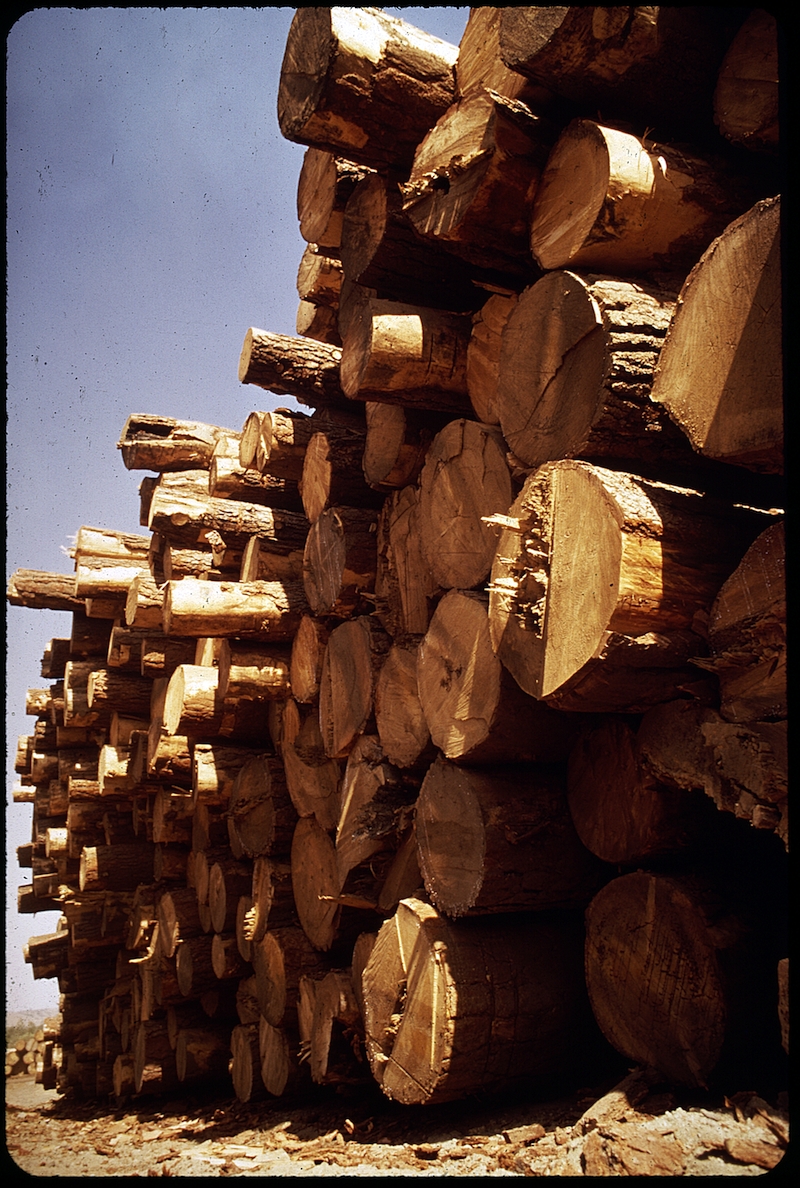: Natural History: Lumber Source
The Ponderosa Pine has a history as a valuable source of lumber for early settlers in the Western United States. It has been said that wood from the Ponderosa is the most versatile in North America, used specifically for residential and light construction.
In the mid-1800s after months of crossing sagebrush deserts through Wyoming and Southern Idaho, pioneers on the Oregon Trail finally reached Oregon’s Blue Mountains. There they came across a forest of Ponderosa pines, describing in their journals its beauty and promise as a new home. Many of these pilgrims chose to settle in Willamette Valley, a highly fertile valley offering water sources, farmland, shade, shelter, firewood, and most importantly a source of lumber to build homes.
The abundance of Ponderosa forests nearby led to it becoming a major source of lumber for building settlements in the nineteenth and early twentieth centuries. Ponderosas were well known for producing high-quality sapwood, but early settlers rapidly logged all the big pines found in the valley. By the mid-twentieth century, most of the “old-growth” generation of Ponderosas was harvested. As you will read in “Natural History: Adaptation to Frequent Fires,” the old-growth Ponderosas were the last generation to produce high-quality wood. Modern technology and management practices have destroyed the evolutionary traits that made the Ponderosa so unique.

